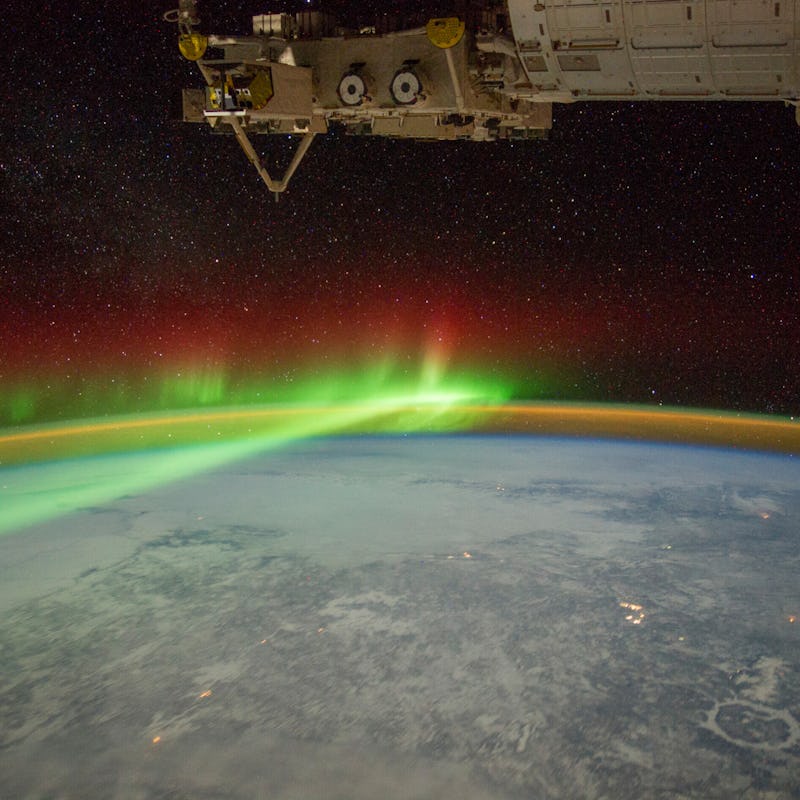NASA deploys SPORT CubeSat and more: Understand the world through 8 images

NASA
NASA deployed two satellites the week of December 28–January 4 to track disruptive space weather, while scientists gained important insight into the shape of our cells.
Researchers found tire particles released by driving could be absorbed by crops growing nearby. Their study showed lettuce took in five chemicals found in tire particles when they were added to a nutrient solution, but further study is needed to show if plants growing in soil absorb them.
Neuroscientists showed for the first time that human brain organoids implanted in mice can respond to stimuli just like the rest of the brain’s cells. Researchers combined two microscopy techniques to record their experiment, a process that could be used to improve future neurological studies.
NASA deployed the petitSat and SPORT CubeSats from the ISS. The satellites will be used in tandem to study how plasma bubbles form in the Earth’s ionosphere. Predicting when the bubbles appear could help avoid the radio and GPS disruptions they cause.
Paleontologists discovered a fossilized bird with a skull that’s nearly identical to that of dinosaurs but with a bird-like body. The Cratonavis zhui fossil also has a much larger first metatarsal bone than modern birds, which hasn’t been observed in any other bird fossils.
Researchers determined a 1918 tsunami that hit Puerto Rico was not caused by an underwater landslide, as was previously thought. Based on observations made with a remote-controlled submarine, researchers propose a ruptured fault is to blame and say the finding makes the case for more undersea studies to predict tsunami risk.
Researchers found butterfly fish have trouble identifying and responding to competitors after coral bleaching events. The affected fish chase competitors more often and farther, wasting energy and disrupting environments that previously saw less territoriality.
Researchers developed a computational method to produce 3D models of cells, including how its internal components are arranged. The study shows cells organize their interiors in broadly similar ways regardless of shape, and could help scientists understand how diseases affect individual cells.